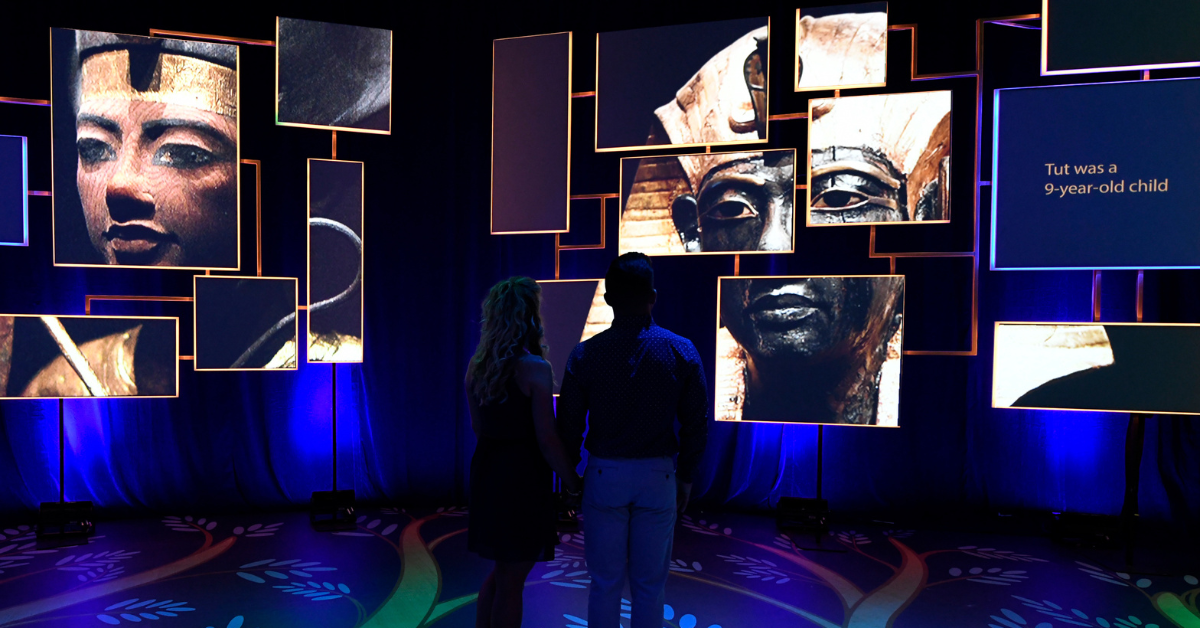
When we think of King Tut, we think of his tomb and the bounty of treasures and historical information that was discovered within. We often forget that Tut was a ruler, whose decisions helped shape both Egypt and the course of history. But what did his reign look like?
Tut’s tenure as the king of Egypt was heavily impacted by the decisions made by the previous ruler, King Akhenaten. Akhenaten was Tut’s father and a follower of Atenism, a religion which focused on the sun god, Aten. Akhenaten was so devout that when Tut was born, he named the boy Tutankhaten — the living image of Aten. While Akhenaten governed over Egypt, he introduced religious reforms that led to the abandonment of all gods in favor of Aten, his chosen deity. As a result, he was despised among the common people who labelled him “the heretic king” for his extreme religious views.

Akhenaten died after ruling over Egypt for approximately nineteen years, leading to Tut ascending to the throne and becoming king. Since he was only nine years old at the time, Tut’s decisions were guided by his royal advisors. Together they publicly rejected Akhenaten’s religious decrees and began to repeal them almost immediately. Tut called for the restoration of Egypt’s polytheistic society, which allowed the people to worship the gods of their choosing. He also ordered that any temples or religious buildings that fell into disrepair during his father’s reign be revitalized.
To show his people that he was committed to upholding these decisions, the young king made the choice to formally change his name. Tutankhaten became Tutankhamun — the living image of Amun. By doing this Tutankhamun cemented Amun’s return to his role as king of the gods. The newly named king also uprooted the royal court, moving from his childhood home of Amarna to Thebes. This was another reversal of Akhenaten’s decisions.
Tutankhamun’s rule continued for nearly a decade, up until his death at the age of 19. Although it was a short reign, he would go on to become one of the most studied and well-known pharaohs long after his demise. Assuming the throne at the age of nine, his brief term as king and premature passing would all aid in cementing his legacy in history as Egypt’s Boy King.

